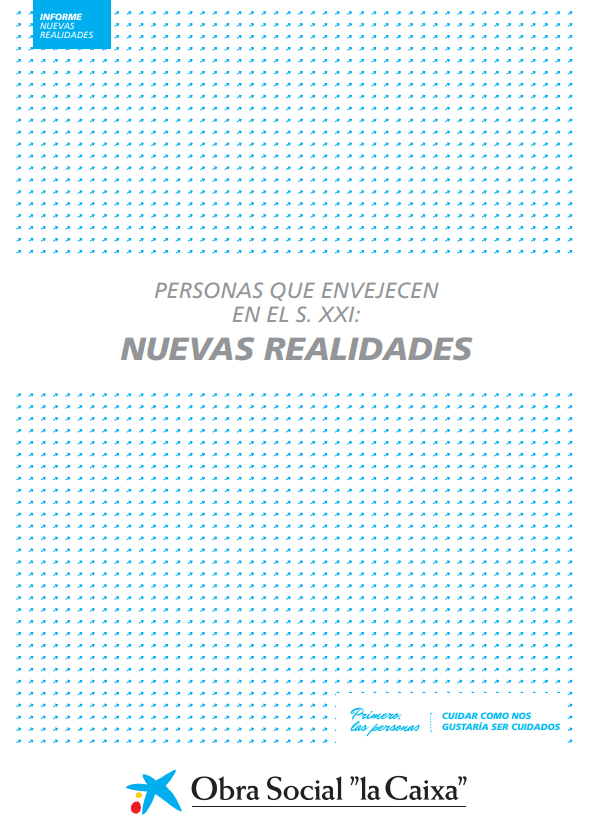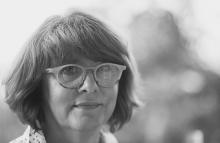Aging people in the 21st century: new realities

Currently, there are almost 8.5 million elderly people in Spain (INE, 2014). This figure represents 18.1% of the total population. In the case of people over 80 years of age, the figure is 2,650,992, so it is 5.7% of the total population and 31.4% of the elderly population. In other words, 2 out of every 10 people in Spain are elderly, and 3 out of every 10 elderly people are octogenarians.
One of the main trends throughout the 20th century has been the radical change in the patterns of illness and death. Chronic and degenerative diseases are replacing infectious and parasitic diseases. It is a global epidemiological change, more accentuated among the elderly, in which degenerative diseases are the main diagnoses among diseases and causes of death. Improvements in the pharmaceutical industry, rehabilitation and the healthcare system are contributing to a delay in disability and death.
The increase in LE brings with it a change in the significance of age. Understanding and characterizing how people experience the different circumstances and conditions of aging is essential in order to formulate initiatives that support different situations of need and assistance.
The increase in LE and the change in the significance of the stages are intertwined with some social changes and other situations derived from the investment in health and healthy living, which test the capacity of older people to adapt to the changes, from which other new realities emerge, which at this moment we can barely intuit, but which will characterize aging in the future.


